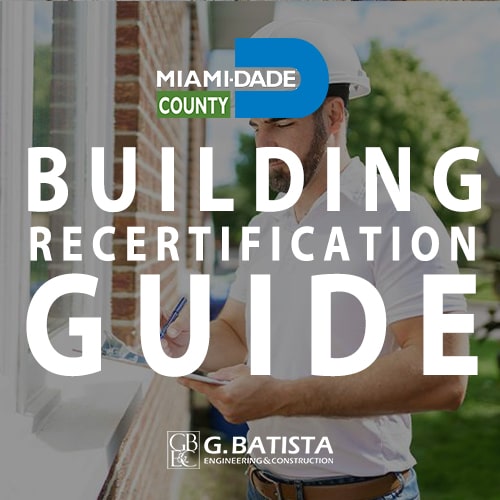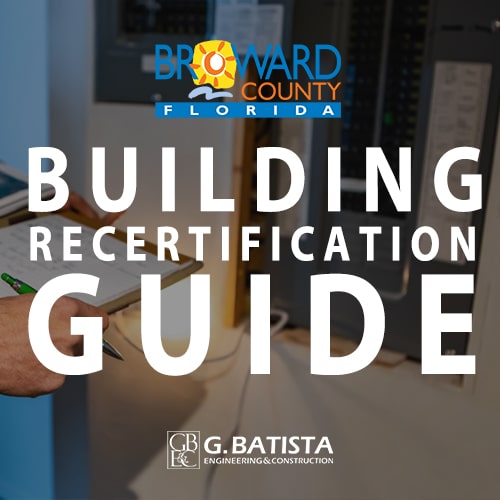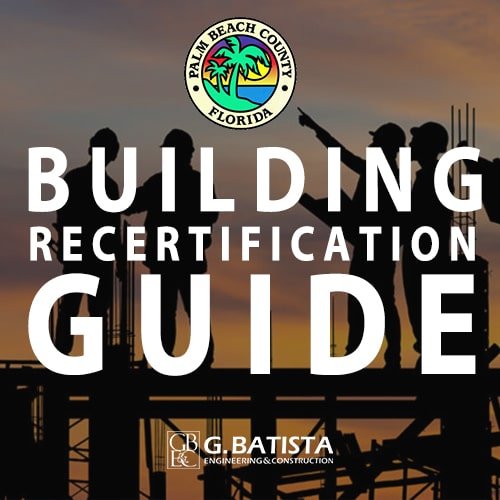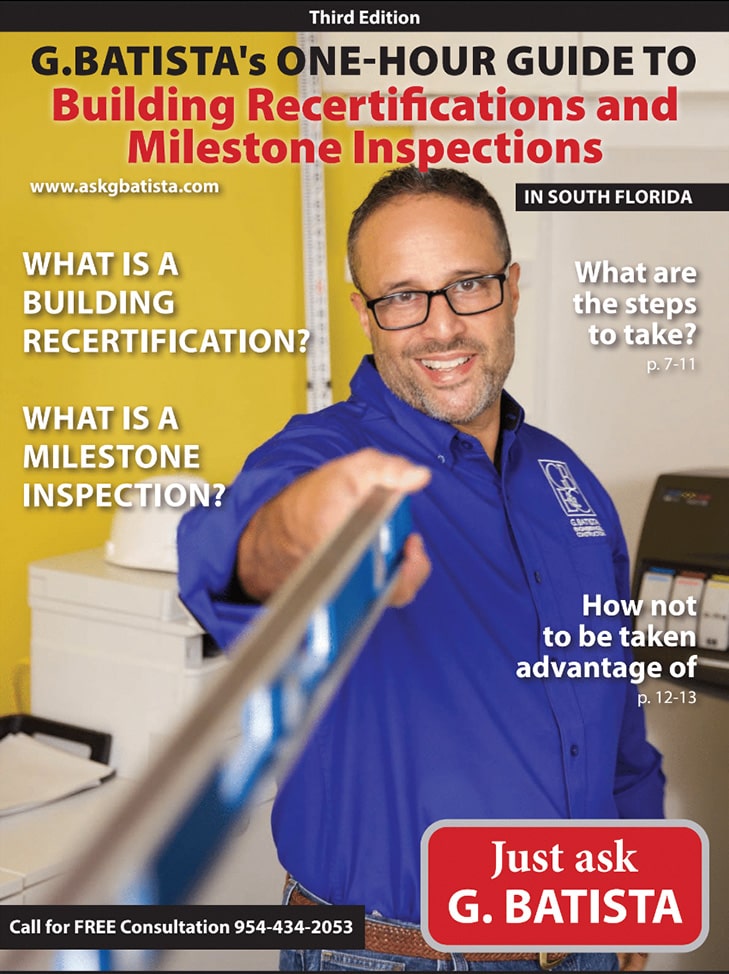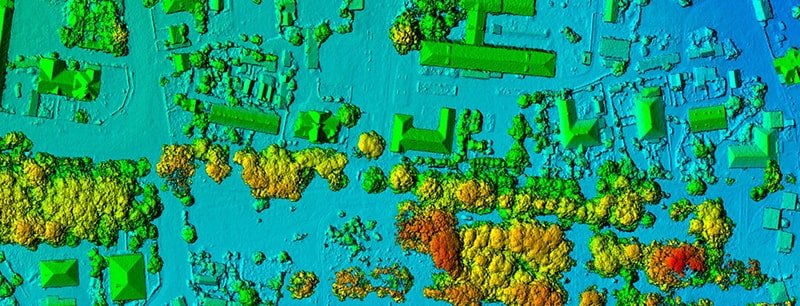
Photometric Study for Your Building Inspection
A few years ago, Cities began to require that photometric studies be done for parking lots within properties as part of the 40-year recertifications. You will ask yourself “Why?”. The answer is very simple. Let me begin by defining what a photometric study is. A photometric study is a survey of the lighting levels in your parking lot. Light intensity is measured in foot-candles. The higher the foot-candle, the more intense the light. As an example, a typical office has about 20 foot-candles of light. In contrast, a parking lot has about 2 foot-candles.
Miami-Dade requires that parking lots contain a minimum of 2 foot-candles of light. Just imagine if a parking light had less than the required lighting. As you can probably guess, there may be more car accidents. Additionally, the darkness may invite muggings. People feel safe when there is more lighting. Therefore, the County mandates that all parking areas have a minimum lighting standard.
Our Building Inspectors are well versed in these parking lot inspections and can help you get them done properly.
How is the Photometric Study Done?
In general, inspectors use a light meter to walk around the parking area and measure the light levels. The picture below shows a light meter. A light meter contains a gauge and a read out where one can read the light levels. With the readout, the inspector can pin-point the areas where the light levels are lower than the required amounts.
Obviously, these inspections must be done at night time. All of the lights in the parking must also be turned on because any lack of lighting will result in a low reading. Maintenance personnel should also replace or repair existing light bulbs. Once the parking is ready to be inspected, then your inspector will do the inspection and provide you with his feedback.
Regardless of who does the inspection, the question of the cost always becomes important. There are many aspects of a study that affect the price such as the size of the parking lot or the company that is performing the test. Be that as it may, one should call several companies and compare prices as in anything else.
What If the Parking Fails the Photometric Test?
If the Parking fails the test, it is not the end of the world. There are many ways that lighting levels can be adjusted so that you can comply with the requirements. In the first place, your inspector knows your property and should be the first person to provide you with possible solutions to your particular situation.
The easiest and cheapest way to increase the light levels in the parking lot is to increase the light intensity of the bulbs by changing out the bulbs. At times, changing the direction of the existing lights can make a difference. However, when these things do not work, then adding lighting to the parking lot is your only choice. In this instance, you will need to hire an experienced professional to design a lighting scheme that will comply with the requirements and at the same time, not break the bank. New lighting installations can be expensive especially when light poles are needed and underground wiring is required to wire the poles.
Worst Case Scenario – Installing New Lighting
Lets say that your inspector tells you that you have no choice but to add new lighting to your parking lot. Although you may be dismayed by the prospect of potentially spending a lot of money, the fact remains that this is mandated by law and simply ignoring it will make matters worse. The County is very good at monitoring those that are not in compliance and will be fined eventually.
First, you must hire an engineering company to assess the situation and provide you with a game plan on how to remedy your light level issue. You should interview more than one company given that different professionals may provide you with different options. For example, our company G. Batista & Associates has been doing illumination tests and designs for many years.
The professional that you hire will guide you through the complicated maze of the design process. Additionally, they will be your consultant when you decide to hire a contractor to perform the installation of the lights and the poles.
Completing the PHOTOMETRIC TEST
Once the project is completed, then the inspector will provide the final inspection and hopefully a clean bill of health. Your 40-year recertification is well on its way to being approved.

